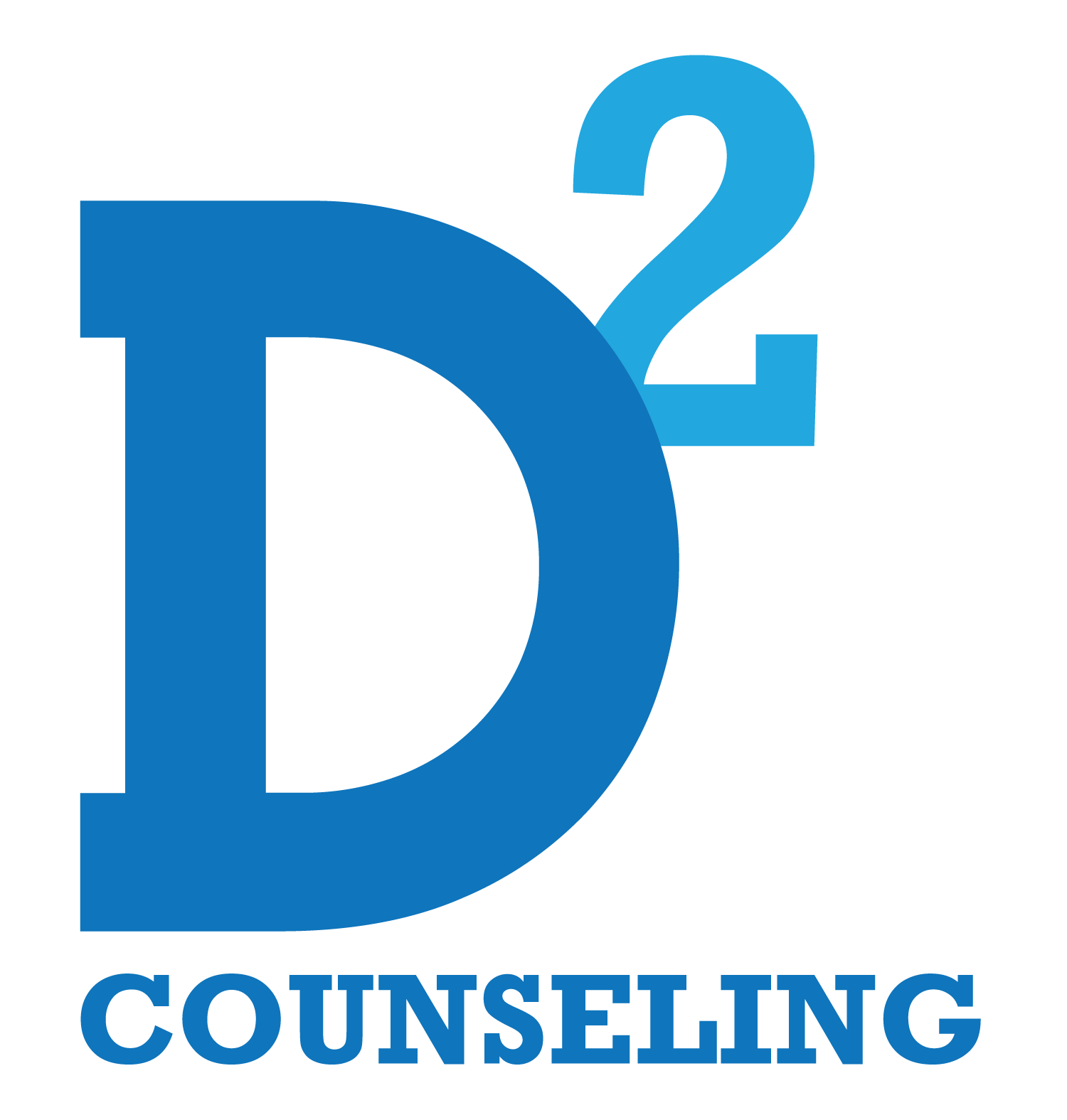This May is Mental Health Awareness Month, a time to increase awareness and reduce the stigma surrounding the mental health issues that so many of us experience.
However, there is one mental health buzzword that has already been receiving media attention over the last few decades: trauma. References to trauma can be found everywhere from your favorite TV show plotline to pop culture references on Twitter.
Could we be assigning the label of trauma to some situations that don’t actually match its definition? We know that the effects of trauma are real, but the true meaning is difficult to narrow down.
The DSM-V, the Diagnostic and Statistical Manual of Mental Disorders, currently defines trauma as “actual or threatened death, serious injury, or sexual violence.”
However, an experience that doesn’t technically qualify according to the DSM-V can still have negative effects. The accumulation of less profound events may not lead to a PTSD diagnosis but can still generate severe emotional damage, especially if the events occur during periods of brain development in childhood.
In an effort to distinguish between these types of trauma, some experts use the “big T” and “little t” models. “Big T” traumas are some of the most debilitating events a person can experience, such as sexual violence or a threat against life. “Little t” traumas may look like emotional abuse or the loss of a close relationship.
Many people often overlook or try to rationalize “little t” traumas in order to avoid being seen as dramatic or overreacting. Rather than properly dealing with the symptoms of “little t” traumas, some turn to negative coping mechanisms, such as substance use.
One of the traumas often overlooked is neglect. Parents may be unable to meet the emotional needs of their children due to their own history of trauma or other mental health conditions. Repeated exposure to trauma caused by neglect in childhood can prevent the brain’s normal systems from working properly.
Not addressing the emotional distress from any traumatic experience can cause damage over time. Fortunately, there are clear paths to treat trauma and break the cycles of trauma in families and relationships.
Eye Movement Desensitization & Reprocessing (EMDR), Somatic Experiencing, and experiential therapy that utilizes groups and immersive activities can be used to begin the journey of working through “big T” and “little t” trauma. For some struggling with “big T” traumas, inpatient, partial hospitalization and intensive outpatient care may be a critical part of the treatment plan.
As a strong resource for all types of programs in the DFW area and across the country, D2 Counseling is committed to helping everyone find the best fit for their therapy needs. You can break the cycle of trauma in your life starting today by reaching out to a mental health professional.



